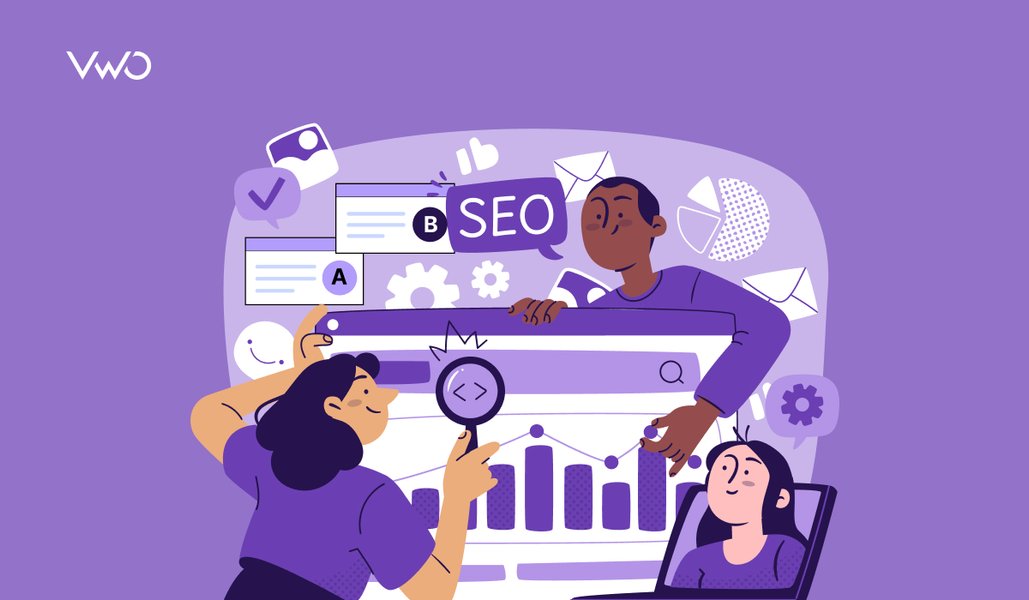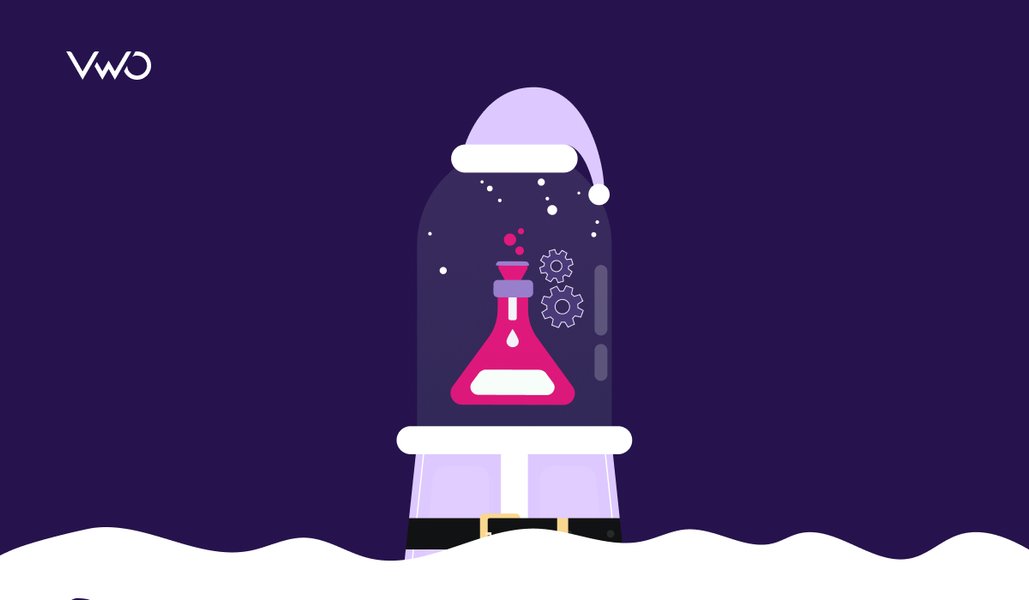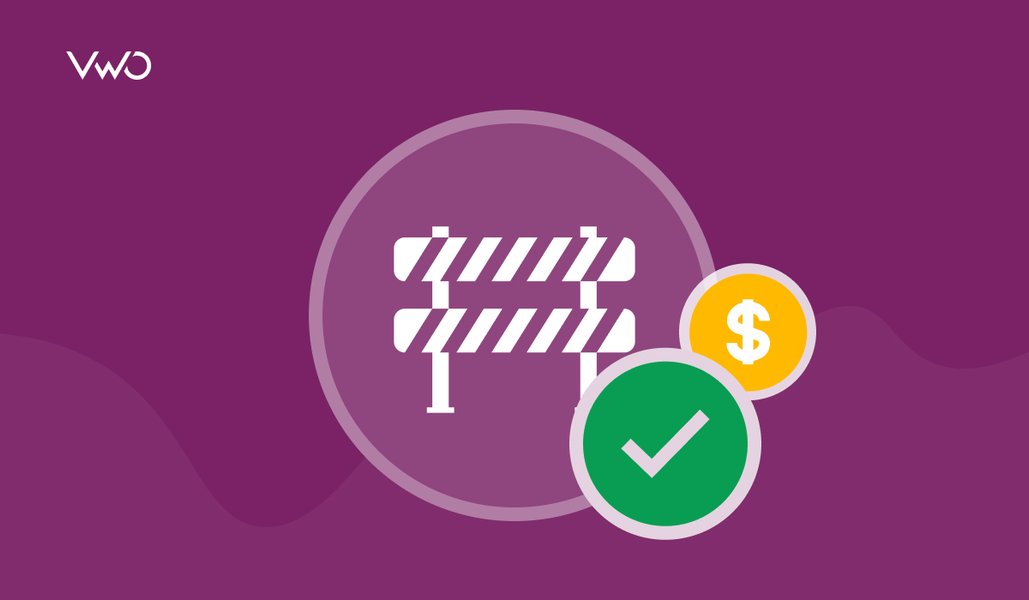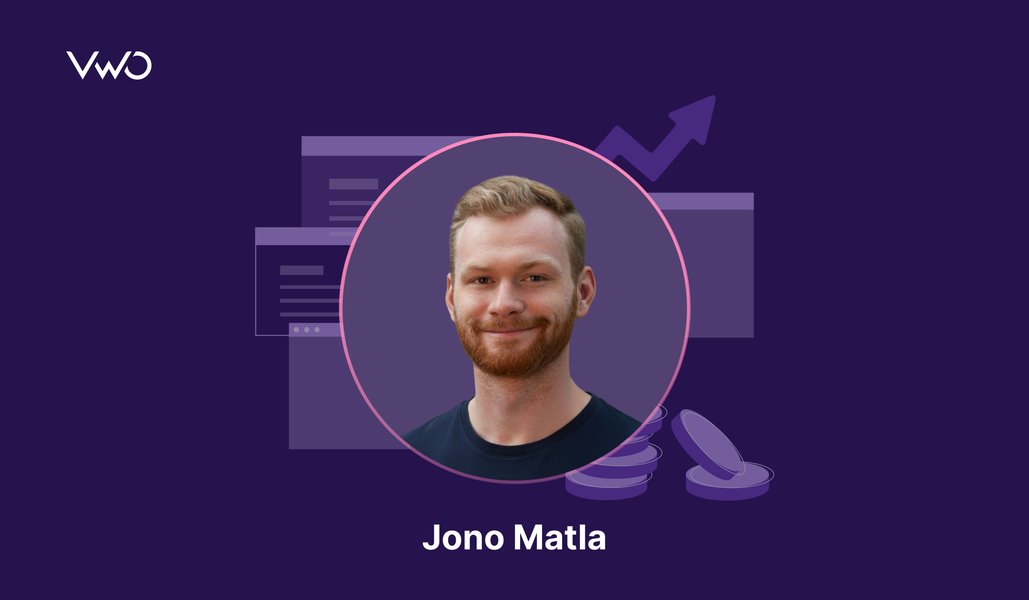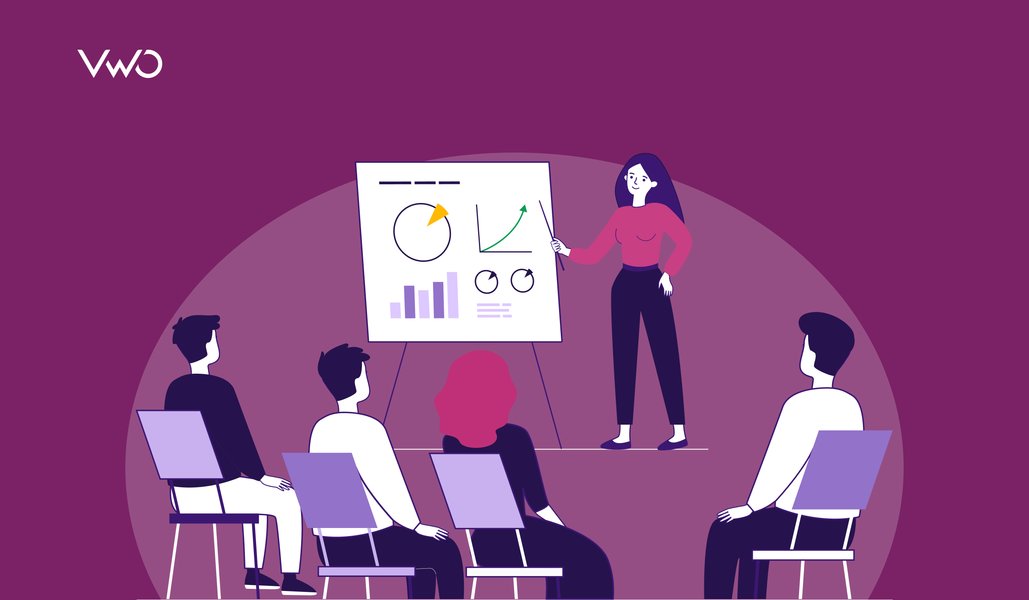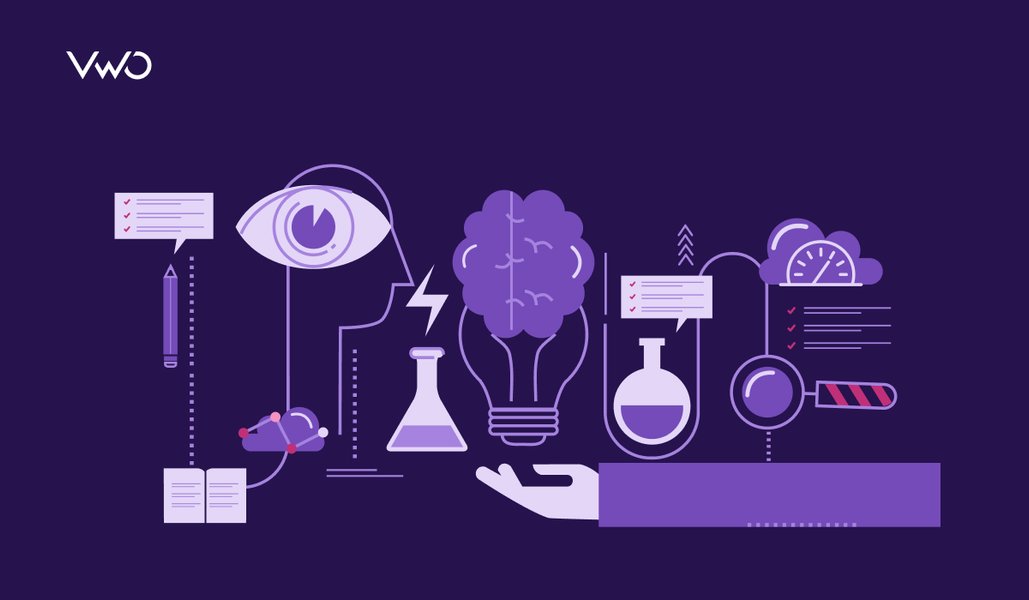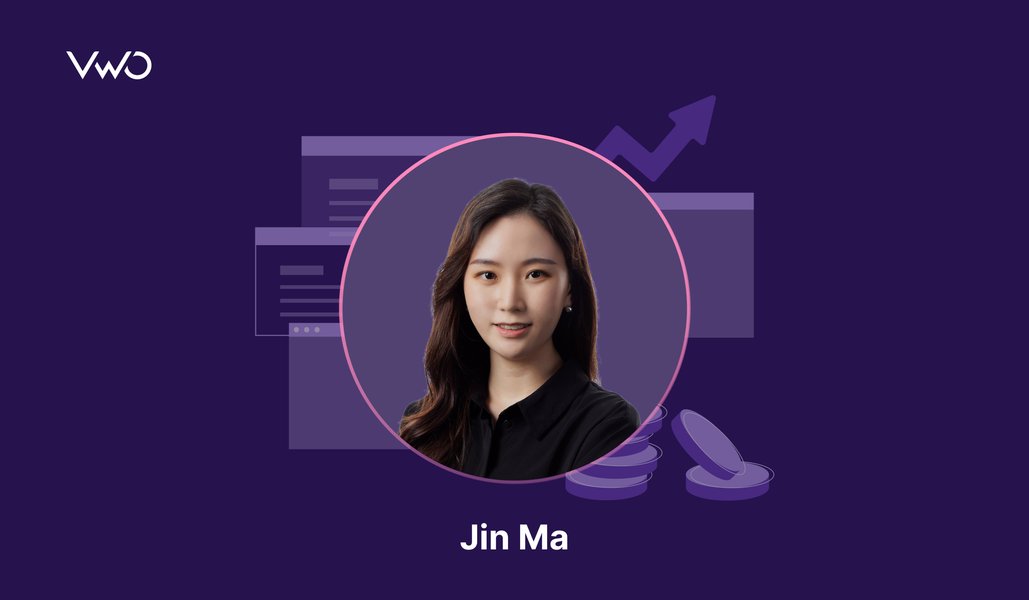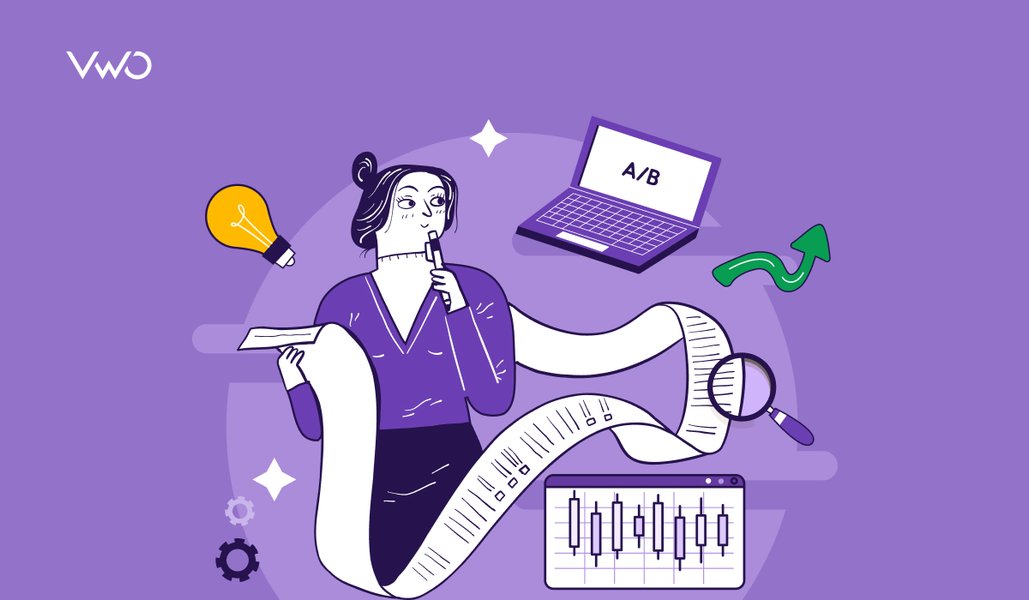Most SMBs, mid-market organizations, and enterprises that have embraced experimentation as a culture are being wide open and vocal about an increase in their conversion rate. Industries such as eCommerce, SaaS, media, education, and entertainment have adopted A/B testing as a part and parcel of their work culture.
Experimentation involves periodic website testing and requires data from first-party and third-party cookies for deeper customer segmentation.
Download Free: A/B Testing Guide
Soon ahead in time, we will no longer have third-party cookies. Advertisers and agencies that happen to be the primary and largest users of third-party cookies worldwide will need a robust strategy to pivot, adapt, and survive post the 3P cookie era.
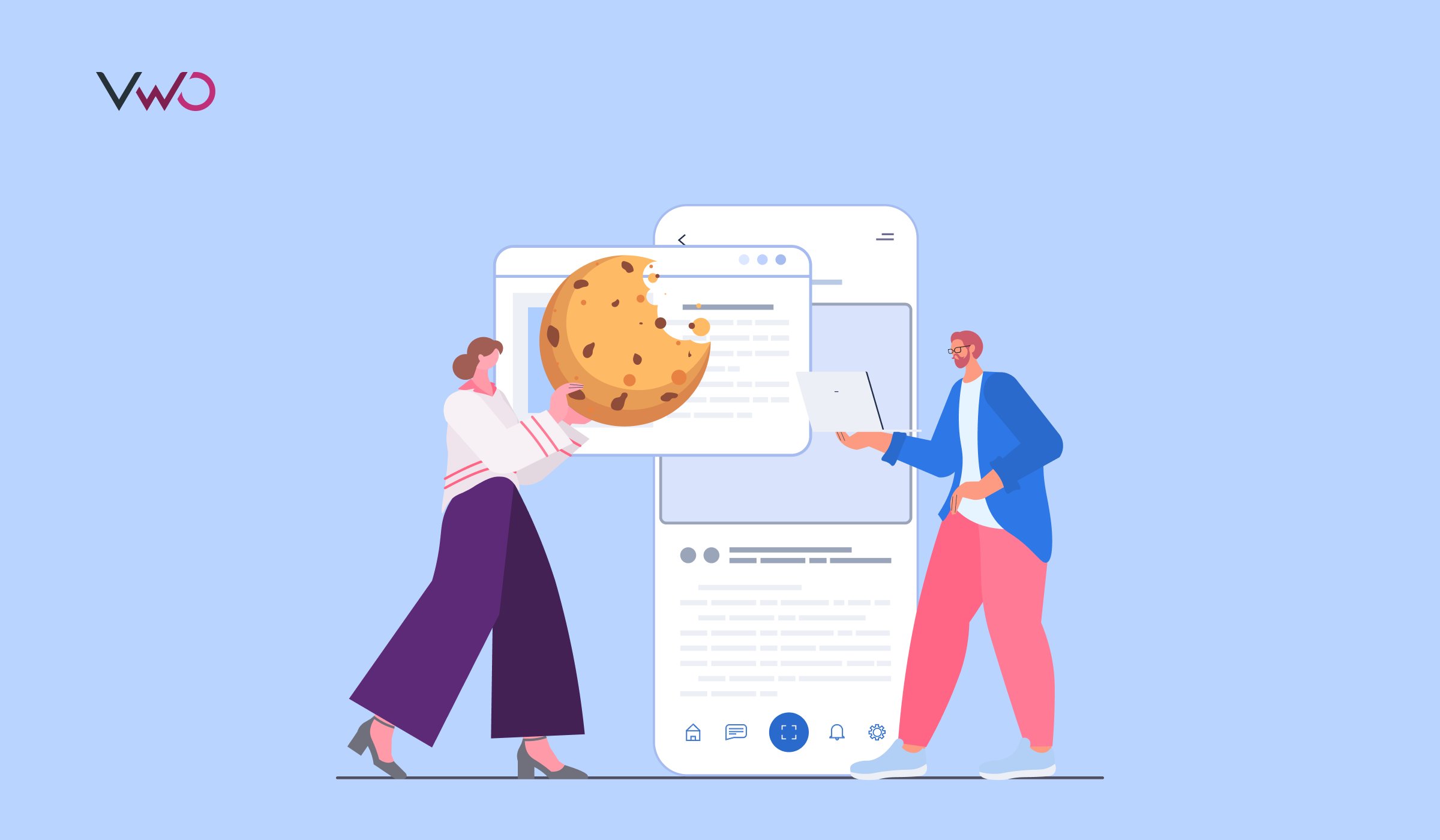
With third-party cookies becoming history after 2023, we look at how digital marketers, CRO practitioners, and experimentation teams can utilize this lead time to scale their conversions through A/B testing.
But before we move ahead, let’s understand what’s what.
What is a cookie?
In general parlance, a cookie is the identity of a visitor on a website. In more technical parlance, it is a code, a piece of information that is dropped by a website on a visitor’s browser. This information is created by the website and is preserved in a web browser that can be retrieved by the website at a later time. Cookies inform a server that a visitor has returned to a specific web page. When visitors return to a website, a cookie remembers their preferences and allows the site to offer customized settings and content. It is like a virtual identification.
Companies generally use local storage and visitor-level cookies to track visitor journeys and understand their behavior across the website. Marketers primarily deal with two types of cookies:
- First-party cookies are stored directly on the app or website that you visit. This data is sent to an internal server.
- Third-party cookies are created by external domains that send them to third-party servers such as LinkedIn and Google. These cookies track pixels.
Today, browsers give users the choice to reject cookies. Google’s incognito mode automatically rejects all third-party cookies.
For example, a visitor visits an eCommerce website, selects an item, adds it to the cart, but exits the session without purchasing it. A cookie enables the items saved in the cart to remain in the user’s basket. So when the visitor returns to the website some other time, they can resume their journey right from the place they left the last time giving them a seamless shopping experience. This is how first-party cookies can be useful for the eCommerce and retail industry.
Let’s take a quick look at the differences between first-party and third-party cookies.
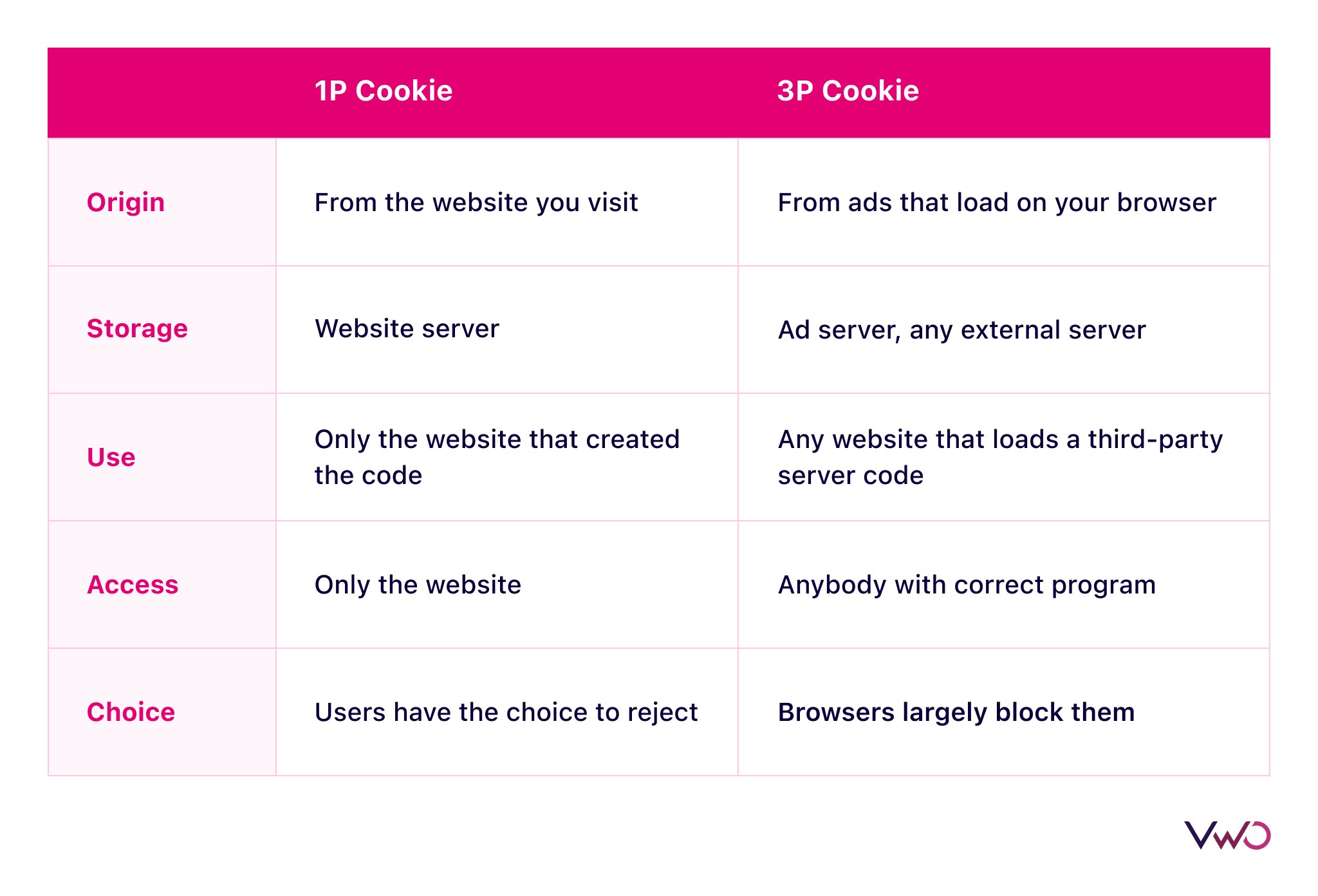
What is A/B testing?
A/B testing refers to powerful website tests that are run to nudge visitors further in the sales funnel. These are experiments that test different variations of a page to maximize conversions. In other words, A/B testing compares multiple variations of elements on your webpage and selects the best-performing variation.
You can test the page headline, font, CTA color, text placements, button placements, etc., and find the variation that attracts the maximum interaction.
How VWO uses cookies
VWO, the world’s leading experimentation platform, uses first-party cookies and primarily keeps a record of three broad things:
Tag a particular user
Each user gets a unique tag called UUID, which helps VWO identify this user across the website, experiments, and products. This is like a user’s unique ID number on that website issued by VWO.
Identify which variation the user was shown before
Was this user exposed to a particular experiment before? If yes, what variation did he see? This is to ensure that every time he visits (or across pages), we can retain the experience and serve him the same interpretation. The cookie here acts as on-browser storage of information because, given that VWO runs for billions of users, it can’t store this information on its servers (and make it real-time).
Understand which goals the user has triggered
Having this information ensures we don’t trigger the same goal twice. Our backend systems have a robust check to eliminate repeat conversions.
In a cookieless world, the potential solution that will work will function as follows:
Rather than generating a UUID as a random number, the customer (website owner) can pass to VWO the visitor’s salt (unique id), and VWO will generate a UUID using that salt so the UUID is consistent every time.
Why A/B testing is like saving for a rainy day
Through the countdown to a cookieless world, businesses have the opportunity to adopt and leverage experimentation through A/B testing their website and mobile app and increase conversions ahead of an uncertain cookieless era.
Why is it essential to A/B test, you may ask? Let’s see two scenarios viz. A/B testing in a world with cookies and A/B testing in a cookieless world.
A/B testing in a world with cookies
A/B testing relies on cookie data that tracks visitor behavior and experience on a webpage. This data enables experimentation and CRO teams to optimize web experiences for specific user segments.
The cookie helps to identify whether a visitor should be shown variant A or B of a test whenever they visit the website. This identification saves a visitor from seeing both variants thereby avoiding experiment bias and confusion.
For example, VWO collects only a visitor ID through cookies which typically is a UUID (Unique User ID) that does not contain any personal data. A UUID looks like 4201E4DB-4C25-BA4DD31-C137C718D30E.
It helps differentiate one visitor from another. It also means that VWO cannot identify or track individuals.
Download Free: A/B Testing Guide
A/B testing without cookies
Without cookies, a website visitor is seen as a new user every time they visit a website. This means the visitor could be seeing variation A on one visit and variation B on another visit. This results in incorrect attribution of conversion to each variation.
It will become very difficult to identify a winning variation correctly. However, first-party cookies can still be used for A/B testing.
Impact of a cookieless world on advertisers and optimizers
Google has opted out of methods that collect PII (Personally Identifiable Information) after implementing Federated Learning of Cohorts (FLoC), also known as Privacy Sandbox. This makes individual users unidentifiable as they are grouped into cohorts based on their buying behavior. Advertisers can target their ads to these cohorts and thus safeguard the privacy of individual users on a website.
In general, cookies track visitor journeys on a web page. It includes their preferences, interests, clicks, and engagement on a website. Advertisers and marketers can rely on first-party cookies to run successful A/B tests.
Let’s take a quick look at the possible solutions in a cookieless world.
What’s the solution to a cookieless world?
There will be a large ocean of third-party cookie data out there that will become meaningless and frozen in a cookieless world. Programmatic advertising that uses automated technology for purchasing and placing ads on apps and websites is an industry powered by third-party cookies.
Publishers and advertisers will bear the brunt as they can no longer target segments. It will result in more media buys by platforms and publishers and less cross-publisher programmatic display. Marketers will need to develop first-party data collection tactics to reduce their dependency on third-party cookies. More focus will be on customers who accept cookies. Their profile consisting of email addresses and phone numbers will not face any browser restrictions.
Amplify content to build first-party data
For content consumption, marketers can show surveys/questionnaires to users before/after they consume the content to help in personalization and experience optimization. The survey can include questions about their preferences, choices of content, interests, etc. Gathering this information will help marketers show similar types of content as recommendations and add to the user experience.
For example, a pop-up that shows on a blog page says ‘Do you like what you’re reading? Sign up for more such content so you don’t miss any of our latest blogs.’
Another example could be that of a pop-up asking to sign-up for a free trial of a software product as shown in the image below.
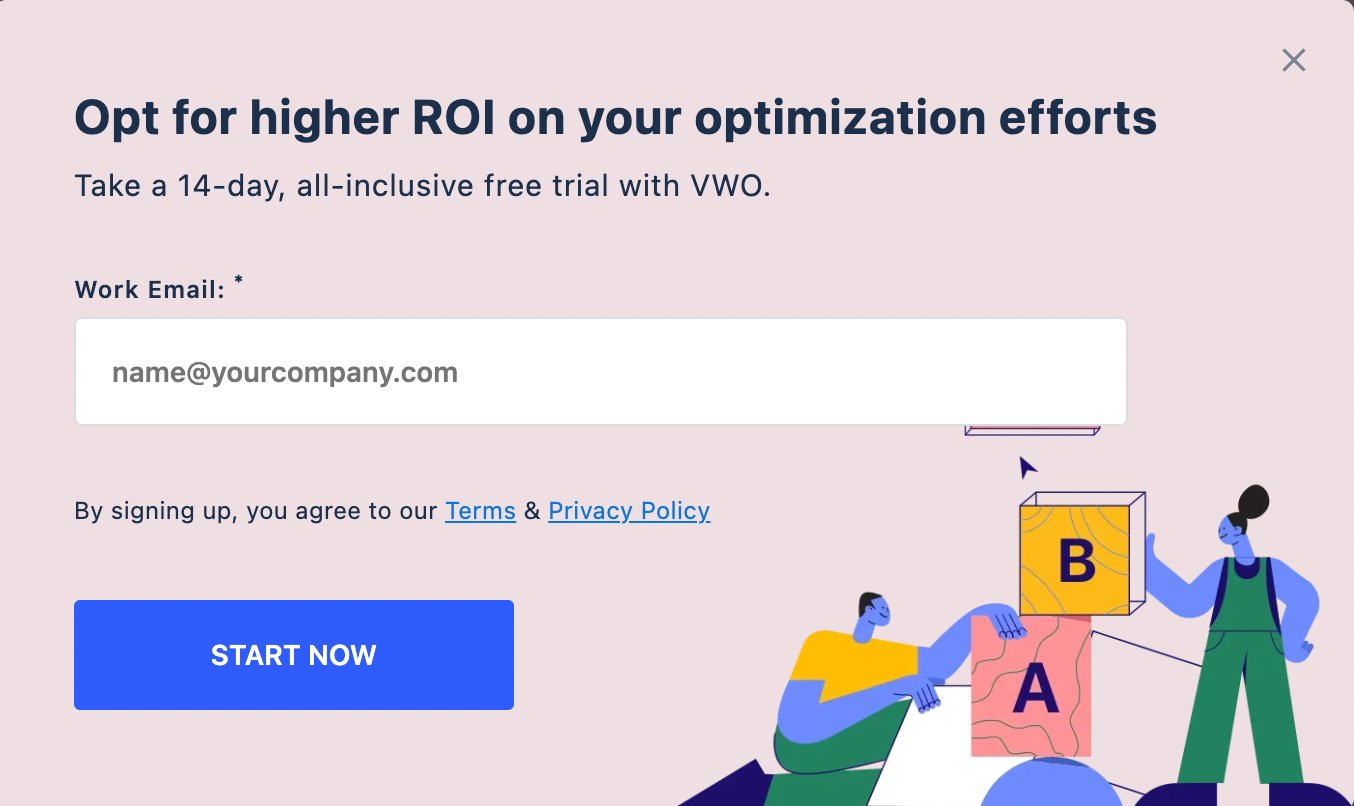
Identify cohorts
With larger cohorts for targeting, a cookieless world would mean pre-segmentation and post-segmentation challenges, as re-targeting individuals would no longer be a possibility. Personalization and optimization campaigns will need inferred data for recommendations. Identifying cohorts is possible through inferred data.
For example, a visitor fills out a form on the SaaS webpage to download a whitepaper. The form values that include email id, name, or phone number are first-party data. Inferred data will be a deep dive into this data to understand and analyze which whitepaper has been downloaded, what problem the whitepaper solves for the visitor, etc. With this inference, a cohort is created with similar other visitors who download similar whitepapers to target them as a group with more related information using their interests, and intent derived through the inference.
These cohorts substitute the present-day individual user for targeting and re-targeting campaigns. So, the deeper the identified cohorts, the more precise the targeting using recommendations and relevant information that is useful for the cohort.
Boost marketing outcomes
First-party data would become the driving force for marketers and advertisers. Marketing will become less aggressive. So marketers will be required to find the right time to take the right content to consumers without affecting their privacy. Real-time machine learning will add value to the efforts of marketers for timely targeting. According to a study by Boston Consulting Group, marketers using first-party data generated almost double the revenue from single ad placement.
Marketers can boost their performance by making customers easily find what they are looking for quickly and efficiently. This will drive customer experience and desired outcomes for businesses. For example, in eCommerce, a user signing in is recorded as first-party data and any engagement of the user on the website will be recorded through cookies that are unique to the user.
Conclusion
The present digital ecosystem will be very difficult without cookies or local storage. Browsers will be coming up with features to enable sharing cookies across trusted domains, strengthening first-party cookies and allowing us to move away from third-party cookies.
Optimizers, agencies, digital marketers, and advertisers need to build robust strategies around first-party cookies to make A/B tests and marketing campaigns successful.
With more organizations adopting experimentation, in the long-run, A/B testing will add more value and build a powerful testing engine that drives results for businesses even in a cookieless world. Take an all-inclusive free trial with VWO to explore its A/B testing capabilities.



